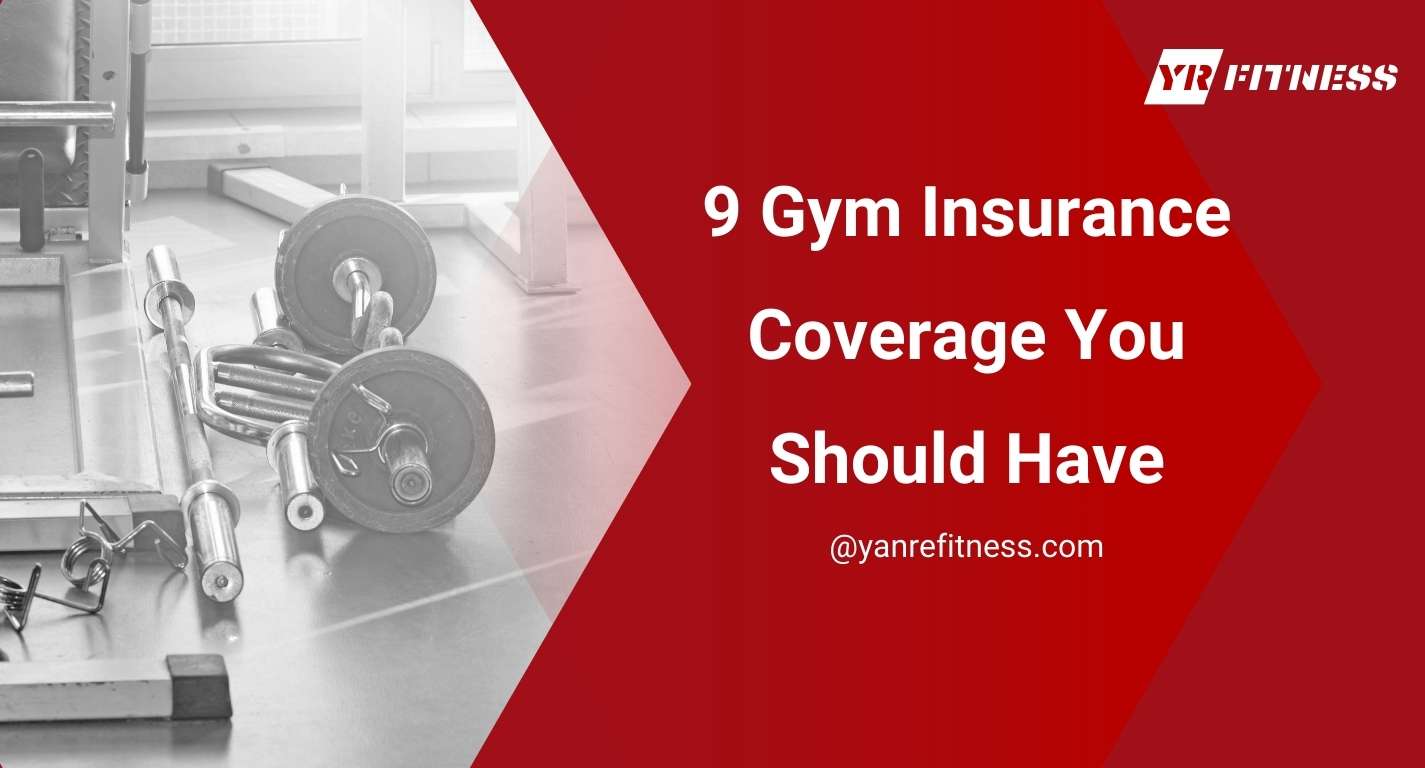Is your gym fully protected against potential legal and financial risks? In the competitive fitness industry, having the right insurance coverage is crucial for safeguarding your business against unexpected liabilities that could affect your bottom line.
With years of experience working with gym owners and fitness businesses, we understand the specific risks you face and the policies needed to minimize those risks effectively.
Here’s a preview of 2 key policies that can make a significant impact:
- General Liability Insurance
- Cyber Insurance
In this guide, you will discover nine critical insurance policies tailored for gyms, covering everything from general liability to specialized equipment breakdown protection, helping your business stay secure and operational.
Let’s get started!
Table of Contents
1. Quick Comparison Chart
Gym insurance policies protect fitness businesses from unexpected problems, like accidents, equipment damage, or lawsuits. The right coverage can prevent financial losses or even closures. Here’s a detailed comparison chart that shows how these 9 essential policies can help protect a gym:
Insurance Policy | What It Covers | Who Needs It |
General Liability Insurance | Protects against injuries, accidents, or property damage that happen in the gym. | Every gym, fitness center, or studio. |
Professional Liability Insurance | Covers claims of mistakes or negligence during personal training or fitness classes. | Gyms offering personal training or fitness advice. |
Workers’ Compensation | Pays for medical bills and lost wages if an employee gets hurt while working. | Any gym with employees. |
Cyber Insurance | Protects against data breaches and cyber-attacks that compromise customer information. | Gyms with online membership systems or sensitive customer data. |
Equipment Breakdown Insurance | Covers repairs or replacement if gym equipment suddenly breaks. | Gyms with expensive or essential workout equipment. |
Crime Insurance | Protects against theft, fraud, or other crimes committed by employees or outsiders. | Any gym handling money or valuable items. |
Medical Payments Coverage | Pays for medical bills if someone gets injured on the premises, regardless of fault. | Gyms open to the public or holding fitness events. |
Business Interruption Insurance | Covers lost income if the gym has to close due to a disaster, like a fire or flood. | Gyms located in areas prone to natural disasters or unexpected closures. |
Commercial Property Insurance | Protects the building and equipment from fire, theft, or other physical damage. | Gyms owning or renting physical locations with valuable equipment. |
2. General Liability Insurance
General Liability Insurance is a must-have for any gym owner. It covers your business from claims of injury, property damage, or accidents that may happen at your gym. Here are the key benefits of having this coverage:
- Accident Coverage: If someone slips or gets hurt in your gym, this policy helps cover their medical bills. It protects your business from paying out of pocket for expensive injuries.
- Legal Protection: If a member sues your gym for injury or damage, this insurance can cover legal fees. It ensures your business won’t suffer financially from court costs or settlements.
- Property Damage: If your gym equipment or building damages someone’s property, this coverage helps pay for repairs. Think about that for a minute—this is especially important if you rent space or have high-end equipment.
- Customer Protection: Your customers are your top priority. This policy helps you handle claims if they get injured or experience a loss due to your services.
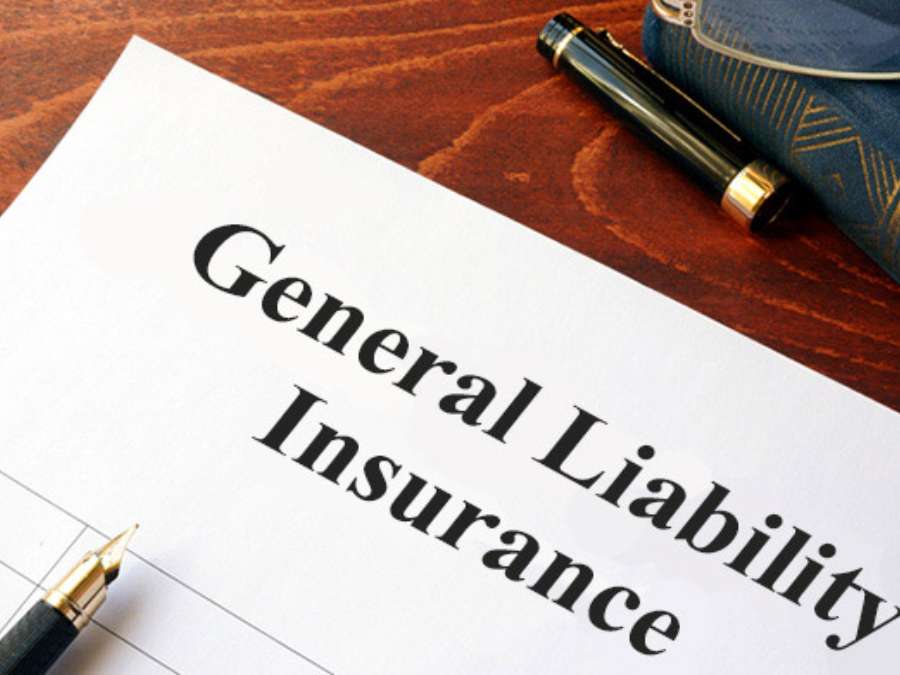
3. Professional Liability Insurance
Professional Liability Insurance provides protection for gyms against claims related to errors or negligence by trainers and staff. This type of coverage is essential for any fitness business offering professional services. Here are the main advantages:
- Error Protection: Covers claims that arise from mistakes or incorrect advice given by trainers or instructors. This helps safeguard the business from costly lawsuits related to professional errors.
- Legal Defense: Provides coverage for legal fees in case of a lawsuit stemming from professional negligence. Turns out, this reduces the financial impact of defending the business in court.
- Trainer Coverage: Offers protection for the actions of trainers and other staff who provide services to members. This helps keep the business protected from claims related to the professional services offered.
- Reputation Management: Helps handle claims professionally, minimizing damage to the business’s reputation. Maintaining a strong image is crucial, especially during legal disputes.
- Negligence Claims: Protects the business from claims of negligence, even if the mistake was unintentional. This is vital for reducing financial risks that can arise from professional oversights.
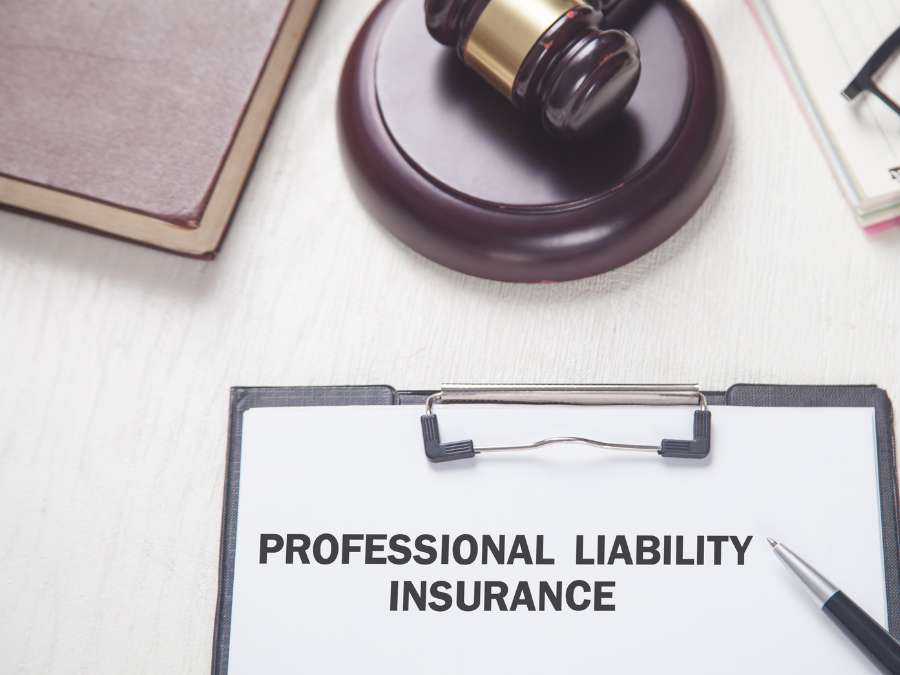
4. Workers’ Compensation
Workers’ Compensation is crucial for covering employee injuries that happen on the job. It helps businesses manage the financial risks related to workplace accidents and employee recovery. Below are the key advantages:
- Medical Expense Coverage: Covers the medical bills of employees who are injured while performing job-related duties. This reduces the financial burden on the business for medical care.
- Wage Replacement: Provides partial wage replacement for employees who cannot work due to a job-related injury. This helps maintain employees’ income while they recover, without financial strain on the business.
- Legal Protection: Helps protect the business from lawsuits related to workplace injuries. By the way, if an employee sues, this policy covers legal fees and potential settlements.
- Rehabilitation Support: Covers rehabilitation expenses for injured employees who need physical therapy or other services to return to work. This promotes quicker recovery and helps maintain workforce productivity.
- Employee Security: Fosters a safer work environment by offering support for injured staff. This builds trust among employees and reassures them of support in case of workplace accidents.

5. Cyber Insurance
Cyber Insurance protects against rising threats like data breaches and cyberattacks, which is especially important for gyms handling sensitive client data, as the FBI reports the global data protection market was valued at USD 131.82 billion in 2023 and is projected to reach USD 505.98 billion by 2032, highlighting the growing need for this coverage. Here are the key benefits:
- Data Breach Protection: Covers financial losses caused by breaches where client information is compromised. This helps manage the cost of recovering from a data breach and securing affected systems.
- Legal Expense Coverage: Provides support for legal fees associated with lawsuits or regulatory penalties after a cyberattack. This reduces the financial strain of defending the business in case of legal actions related to data loss or theft.
- System Recovery: Covers the cost of restoring systems following a cyberattack or ransomware incident. This helps minimize downtime, allowing business operations to continue with minimal disruption.
- Client Notification Costs: Handles the expenses of notifying affected clients after a data breach. Proper communication helps maintain trust and comply with regulatory requirements when personal information is compromised.
- Fraud Protection: Offers protection against financial losses from fraudulent activities that can occur after a cyberattack. This helps manage the risks of identity theft and other forms of fraud targeting business and clients.

6. Equipment Breakdown Insurance
Equipment Breakdown Insurance is designed to protect businesses from the costs associated with the unexpected failure of essential machinery and equipment. This type of coverage is critical for gyms, where machines are a key part of daily operations. Here are some of the important benefits:
- Repair Cost Coverage: Covers the expenses of repairing broken-down gym equipment, such as treadmills or weight machines. No wonder this helps reduce the financial burden of sudden, expensive repairs.
- Replacement Coverage: If equipment is beyond repair, this policy helps cover the cost of replacing it. For example, it allows businesses to replace damaged machinery without large, out-of-pocket expenses, keeping operations running smoothly.
- Minimized Downtime: Helps businesses recover faster by getting machines back in working order quickly. This reduces the impact of equipment failure on day-to-day operations and member satisfaction.
- Protection Against Power Surges: Covers damage to electrical equipment caused by power surges. This helps protect expensive machines from unexpected electrical issues that could cause significant damage.
- Extended Lifespan: By having repairs and replacements covered, equipment can be maintained properly, extending its overall lifespan. This leads to better long-term use of gym assets and more consistent service for clients.
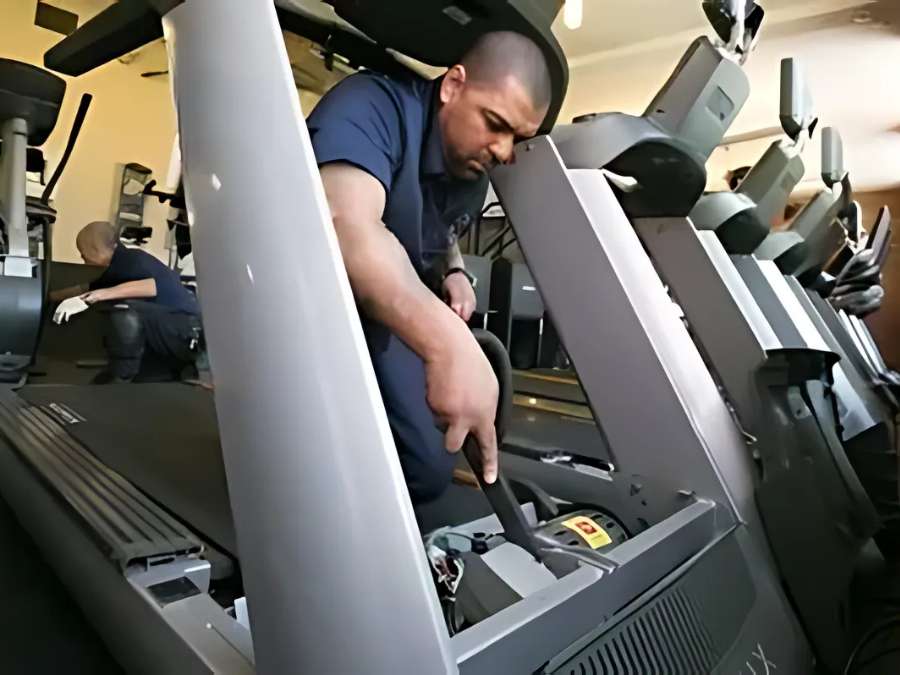
7. Crime Insurance
Crime Insurance provides protection for businesses against losses resulting from theft, fraud, and other criminal activities. This coverage is essential for safeguarding financial assets and ensuring stability in the face of dishonest actions. These are some important advantages:
- Employee Theft Coverage: Protects against losses from theft committed by employees. This helps cover the financial impact of stolen funds or property.
- Fraud Protection: Covers losses from fraud, including forgery or unauthorized financial transactions. This is crucial for protecting business accounts and sensitive financial operations.
- Robbery and Burglary: Provides coverage for losses resulting from robbery or burglary, whether on-site or involving business assets. For example, stolen goods or cash can be replaced following a criminal incident, helping to recover the business’s assets.
- Third-Party Theft: Covers theft by outsiders, such as vendors or contractors, helping to recover losses from non-employee criminal actions. This helps maintain financial stability in the event of third-party crime.
- Secure Financials: Crime Insurance supports businesses by minimizing financial losses due to criminal activity. This protection helps keep the business running smoothly, even after a major theft or fraud incident.
8. Medical Payments Coverage
Medical Payments Coverage helps cover the cost of medical expenses if someone is injured on business property, regardless of fault. This coverage is important for handling minor incidents quickly and without legal battles. Some of the main benefits include:
- Quick Medical Support: Provides immediate payment for medical bills, helping to cover minor injuries like slips or falls. This helps avoid lengthy legal claims and resolves issues faster.
- No Fault Required: Covers medical expenses regardless of who is at fault for the injury. This reduces the need for investigations or disputes and helps maintain good relationships with clients or visitors.
- Limit Legal Disputes: By covering medical costs upfront, it can help reduce the likelihood of lawsuits. This saves time and resources that would otherwise be spent on legal fees.
- Protects Business Reputation: Helps maintain a positive image by showing a commitment to safety and care when accidents happen. Offering quick medical support can lead to better customer trust and satisfaction.
- Covers Visitors and Clients: This policy covers not only clients but also any visitors who might be injured while on the premises. It provides broader protection for anyone who may experience an accident on the property.

9. Business Interruption Insurance
Business Interruption Insurance helps protect against financial losses when a business is forced to close temporarily due to unforeseen events, such as natural disasters or equipment failures. It supports businesses in maintaining financial stability during recovery periods. Some primary advantages include:
- Income Replacement: Covers lost income during the time the business is closed due to covered events. This helps maintain cash flow and keeps financial stability intact.
- Ongoing Expenses: Pays for ongoing expenses like rent, utilities, and payroll while the business is not operational. This allows the business to meet its financial commitments during downtime.
- Support for Recovery: Provides financial support to cover the cost of repairs or replacements needed to reopen the business. This helps speed up the recovery process and minimizes long-term impact.
- Protection Against Disasters: Offers coverage in the event of natural disasters, fires, or other disruptive events that force business closure. This ensures the business can recover without bearing the full financial burden.
- Covers Temporary Locations: If a temporary location is needed to continue operations, this insurance can help cover the related expenses. But wait – there’s more, this keeps the business running while permanent repairs are underway.

10. Commercial Property Insurance
Commercial Property Insurance offers protection for the physical assets of a business, including buildings, equipment, and inventory. This type of insurance helps cover the costs associated with damage or loss due to events like fire, theft, or natural disasters. The key features are:
- Building Protection: Covers damage to the physical structure of the business, whether owned or leased. This helps reduce the financial impact of repairs or rebuilding after events like fires or storms.
- Equipment Coverage: Protects valuable gym equipment from damage or theft. This allows businesses to quickly replace essential machinery without large, unexpected expenses.
- Inventory Loss Protection: Offers coverage for inventory or other assets that may be damaged or stolen. This ensures the business can replace lost goods and maintain operations without major disruption.
- Disaster Recovery: Covers losses from natural disasters such as fires, storms, or floods, depending on the policy. This helps businesses recover and rebuild after unexpected catastrophic events.
- Business Continuity: Helps reduce financial losses by covering repairs or replacements quickly, allowing the business to continue operating with minimal interruption. This is key for maintaining revenue and client relationships during recovery.
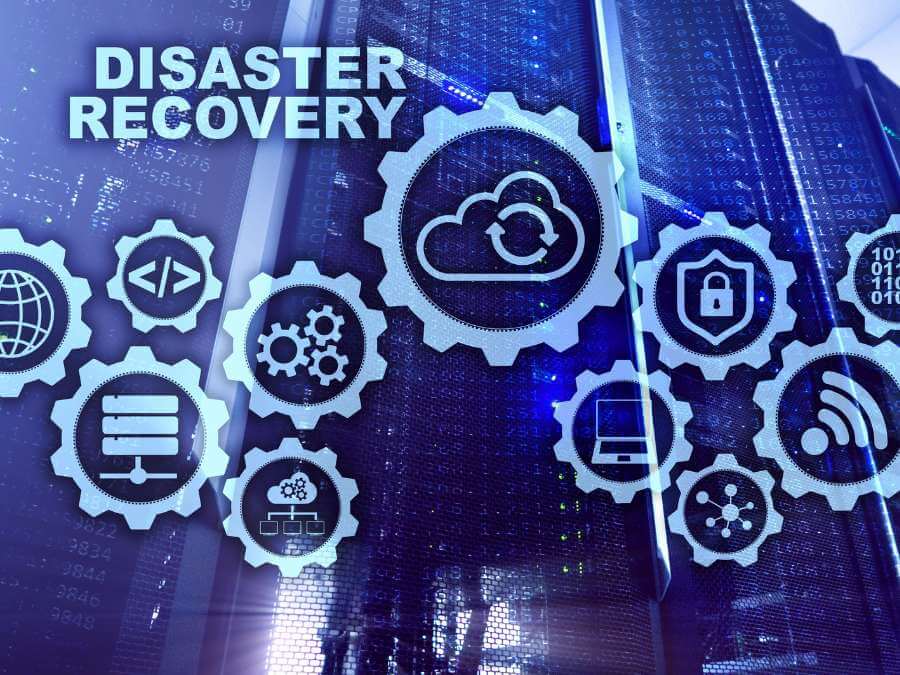
Conclusion
Gym owners face various risks every day, from accidents on the floor to unexpected equipment breakdowns. These 9 essential gym insurance policies are designed to safeguard your facility, employees, and clients from potential financial setbacks.
We hope this guide helps you understand the importance of comprehensive insurance for your gym. If you’re looking for high-quality gym equipment to keep your business competitive, YR Fitness is here to help. Contact us today to learn how we can support your gym with reliable, top-notch fitness equipment.
Related articles:
